How to transform returns into profits?
Returns management is not just a cost center but a strategic opportunity for revenue recovery, customer satisfaction, and operational efficiency. See how Radial can help.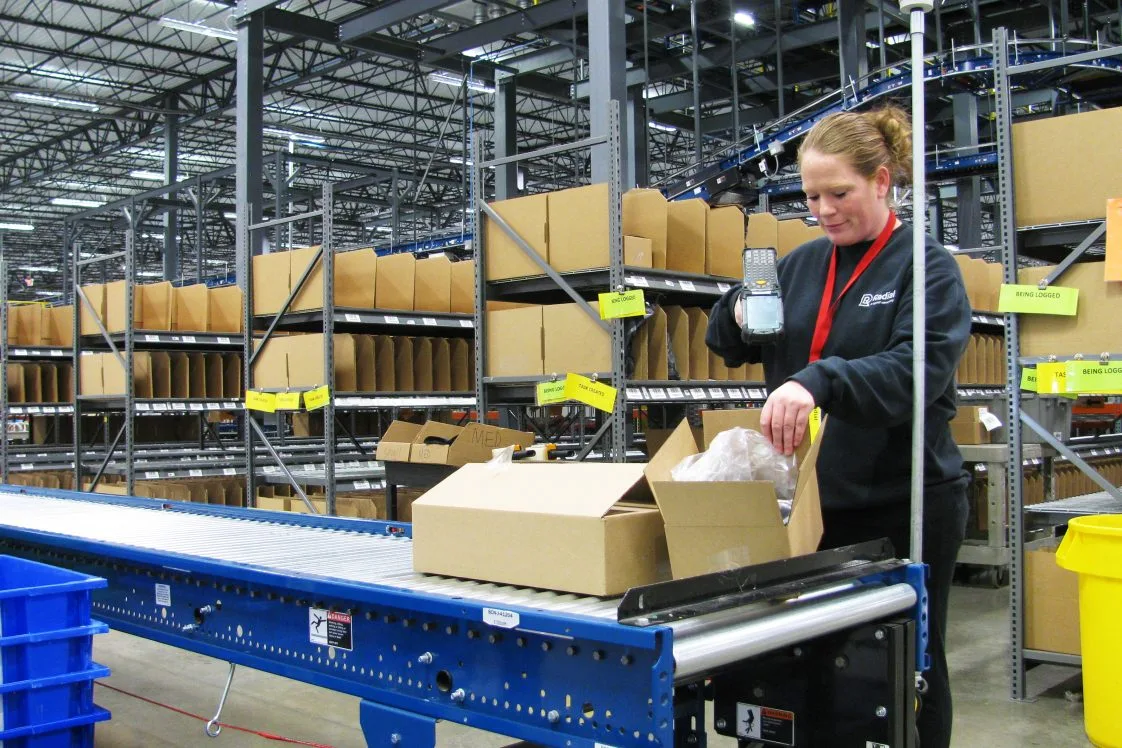
- “How to turn our returns process from a cost to a revenue stream?”
- “What strategies would make our reverse logistics a competitive advantage?”
- “Is there a way to monetize returns?”
- “What are the latest technologies for converting high return rates into profit opportunities?”
- “Can returns management positively impact our bottom line?”
We heard these questions dozen of times. Each of them reframes the concept of returns management as a strategic opportunity rather than just an operational challenge.
Returns at Radial
At Radial, we view returns as strategic opportunities rather than operational burdens. Our comprehensive returns management system transforms potential write-offs into revenue recovery opportunities through efficient processing, data-driven insights, and innovative recommerce solutions.
Let’s see how.
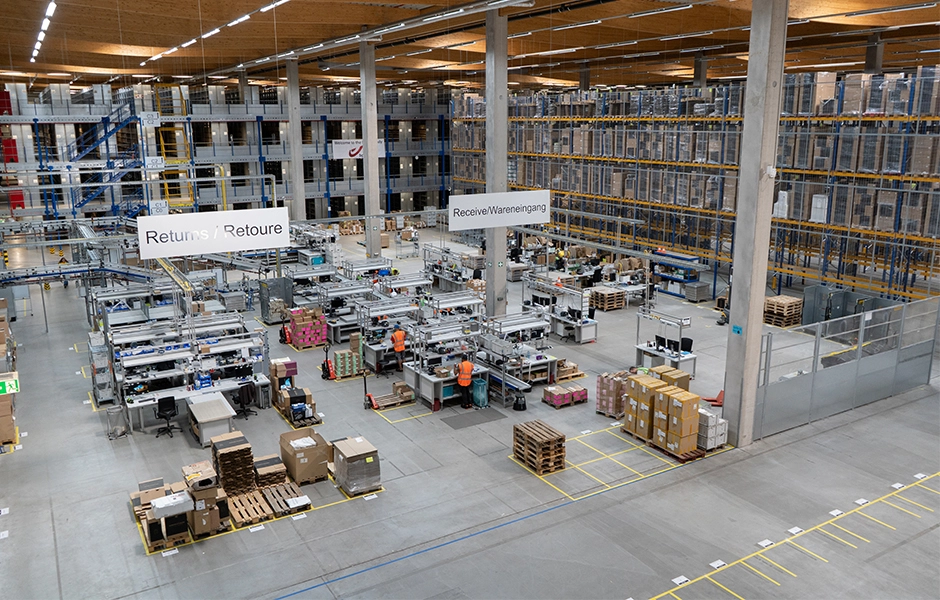
The return management area in Radial warehouse in Halle, Germany
What is the current state of e-commerce returns?
E-commerce return rates average 16.5% across industries, with apparel reaching 30-40% in some segments. The global returns management market is valued at $624.1B and growing at 9.2% CAGR. Approximately 73% of shoppers consider the returns experience when purchasing again, making efficient RMA (Return Merchandise Authorization) processes a critical CX factor.
How can returns be transformed from a cost center to a profit opportunity?
Returns can generate revenue through multiple channels: secondary market resale (typically capturing 40-60% of original value), refurbishment (recovering up to 85% for electronics), parts harvesting, and materials recycling. Implementing an efficient dispositioning workflow with clear ROI metrics for each returns category can transform the P&L impact. Leading retailers report that optimized returns management can improve EBITDA by 1-3%.
What technologies are most effective for returns processing?
Modern returns management leverages:
- WMS (Warehouse Management Systems) with dedicated RMA modules
- ML (Machine Learning) algorithms for return reason analysis and fraud detection
- RFID/barcode scanning for expedited processing (reducing handling time by 40-60%)
- API integrations with marketplaces for automated recommerce listings
- BI (Business Intelligence) dashboards for KPI tracking and reporting
- RPA (Robotic Process Automation) for repetitive tasks in the returns workflow
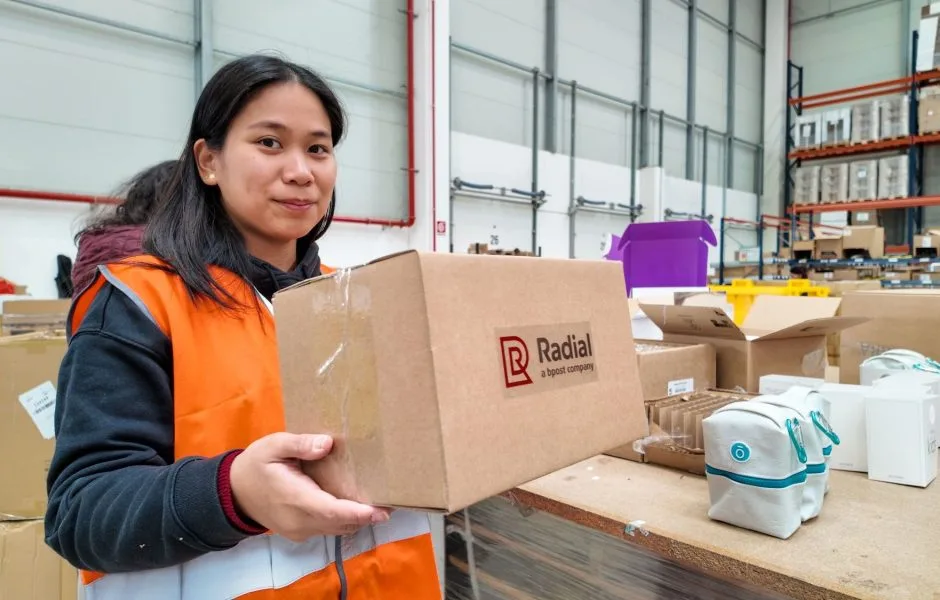
How can we prevent returns before they happen?
Proactive returns prevention strategies include:
- 360° product photography (reduces apparel returns by 18-22%)
- AR (Augmented Reality) try-on tools (25% return rate reduction for eyewear)
- Detailed size guides with measurement charts (15-20% return rate improvement)
- Customer review verification systems (highlighting fit accuracy)
- AI-powered size recommendation engines (accuracy rates of 80-95%)
- Clear product descriptions with standardized specification formats
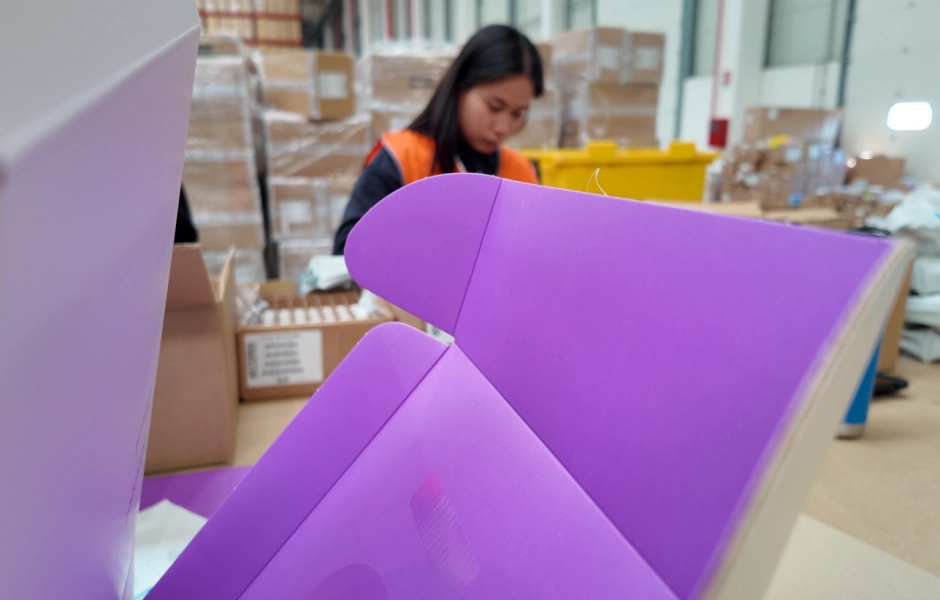
What specialized handling is required for fashion or beauty returns?
Fashion and beauty returns require:
- Category-specific QC (Quality Control) protocols (18-point inspection checklist for apparel)
- Specialized storage zones with humidity control (40-60% RH for cosmetics)
- Temperature-maintained areas (18-22°C for beauty products)
- Trained staff for condition assessment (can process 50-100 items/hour depending on complexity)
- Batch/lot tracking for beauty products (FDA/EU compliance)
- Specialized repackaging stations with steaming equipment, tagging systems, and security sensors
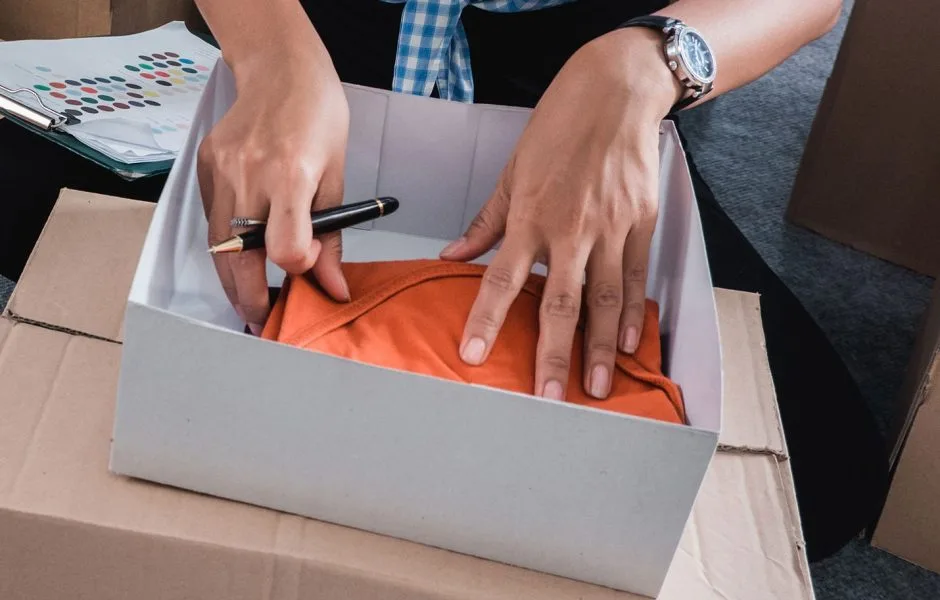
How does returns management support sustainability initiatives?
Returns management supports ESG through:
- Diversion from landfill (85%+ with comprehensive program)
- Carbon footprint reduction via localized returns processing (30-45% emissions reduction)
- Circular economy enablement (extending product lifecycles by 6-24 months)
- CO2e reduction through reconditioning vs. new manufacturing (90% savings for electronics)
- Resource conservation through materials recapture and recycling (ROI of 2.7:1)
- ISO 14001 and BREEAM facility certifications for environmental management
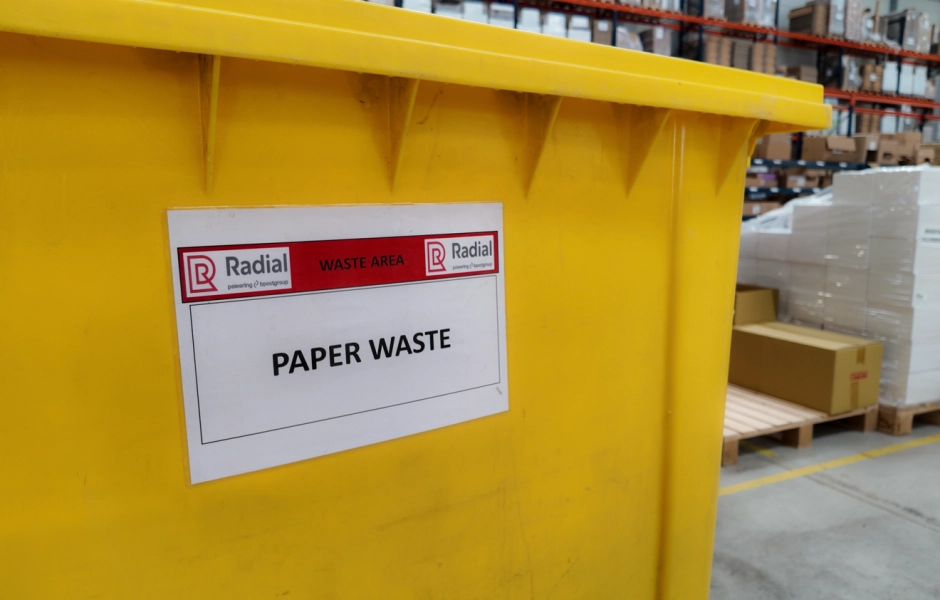
Waste management area in Radial’s distribution center in Milan, Italy.
What makes outsourced returns processing more cost-effective than in-house operations?
Outsourced returns processing offers:
- Lower labor costs (typically 20-35% savings)
- Economies of scale with multi-client operations (15-25% cost reduction)
- Decreased transportation costs through carrier rate leveraging (8-12% savings)
- Lower technology investment (TCO reduction of 40-60%)
- Specialized expertise without FTE overhead (ROI improvement of 1.8-2.2x)
- Variable cost structure vs. fixed infrastructure investment (30-45% improvement in OPEX flexibility)
What implementation timeline should companies expect for a new returns solution?
Typical implementation phases include:
- Discovery/assessment: 2-3 weeks
- Solution design: 3-4 weeks
- System integration: 4-8 weeks
- UAT (User Acceptance Testing): 2 weeks
- Soft launch: 1-2 weeks
- Full implementation: 8-16 weeks total
Implementation KPIs should include processing time reduction (target: 40%), inventory accuracy (target: 99.5%), and cost per return (target: 15-25% reduction).
Can Radial handle returns for specialized products like fashion or beauty items?
Absolutely. Our facilities in Warsaw, Milan, Halle, and Groningen have specialized expertise in fashion, beauty, and sportswear returns processing. We understand the unique requirements for handling returned apparel, cosmetics, and accessories, including proper inspection procedures, repackaging standards, and compliance with health and safety regulations.
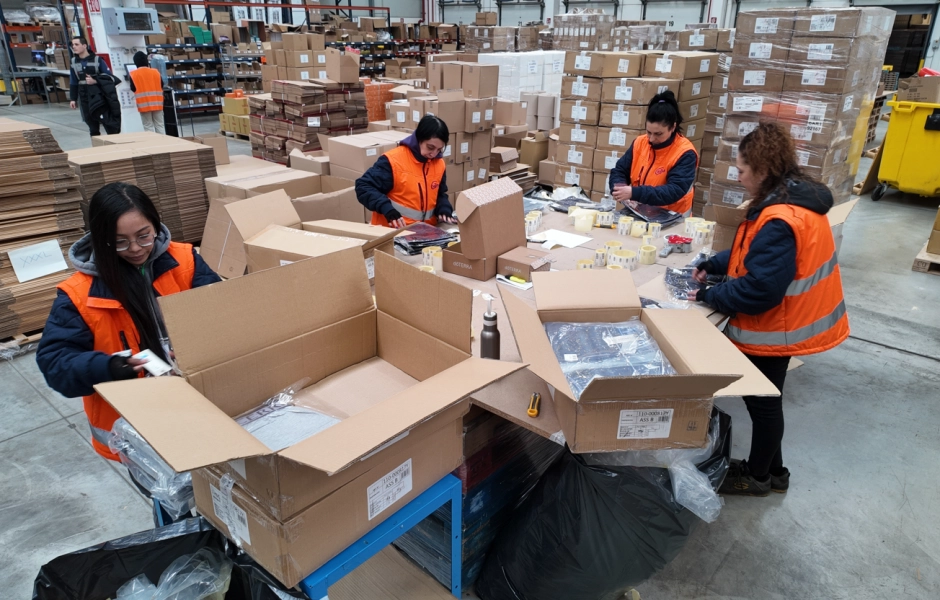
How does Radial’s returns process support sustainability initiatives?
Our BREEAM-certified facilities and efficient returns processes support your ESG commitments through:
- Reduced carbon footprint with optimized transportation routes
- Sustainable packaging solutions for returns processing
- Recommerce channels that extend product lifecycles
- Responsible disposal options for items that cannot be resold
- Data analytics to help reduce return rates over time
What makes Radial’s returns solution more cost-effective than in-house operations?
As part of bpostgroup with 110+ fulfillment centers processing over 45 million orders annually, we achieve economies of scale that individual brands cannot match. Our multi-client operations model allows us to:
- Distribute fixed costs across multiple clients
- Optimize labor resources during fluctuating return volumes
- Leverage carrier relationships for better shipping rates
- Apply specialized expertise without the overhead
- Implement advanced technology with shared investment
How quickly can Radial implement its returns solution for my business?
Our structured implementation approach typically enables us to onboard new clients to our returns management system within 4-12 weeks, depending on complexity. We provide dedicated implementation teams led by our Solution Design & Onboarding Director to ensure a smooth transition with minimal disruption to your existing operations.
